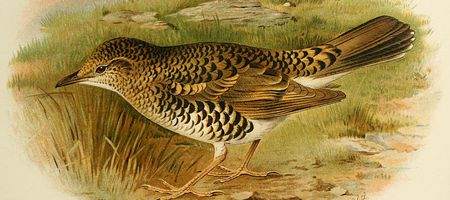Birds may be moved emotionally by their own music in the same way as we are by ours, suggests a new study on white-throated sparrows.

When female birds in the breeding state listen to male birdsong, the same neural reward system is activated as in people listening to music that they like.
Male birds aren’t so entranced by another male’s song, showing an amygdala response that looks similar to that of people when they hear discordant, unpleasant music.
“Scientists since the time of Darwin have wondered whether birdsong and music may serve similar purposes, or have the same evolutionary precursors,” says Emory University’s Sarah Earp. “But most attempts to compare the two have focused on the qualities of the sound themselves, such as melody and rhythm.”
To examine whether birdsong can truly be considered music, Earp reviewed studies that mapped human neural responses to music through brain imaging.
She also analyzed data on white-throated sparrows relating to Egr-1, part of a major biochemical pathway activated in cells that are responding to a stimulus.
“The neural response to birdsong appears to depend on social context, which can be the case with humans as well,” says Earp. “Both birdsong and music elicit responses not only in brain regions associated directly with reward, but also in interconnected regions that are thought to regulate emotion. That suggests that they both may activate evolutionarily ancient mechanisms that are necessary for reproduction and survival.”
A major limitation of the study, Earp adds, is that many of the regions that respond to music in humans are cortical, and don’t have clear counterparts in birds.
“Perhaps techniques will someday be developed to image neural responses in baleen whales, whose songs are both musical and learned, and whose brain anatomy is more easily compared with humans,” she says.






